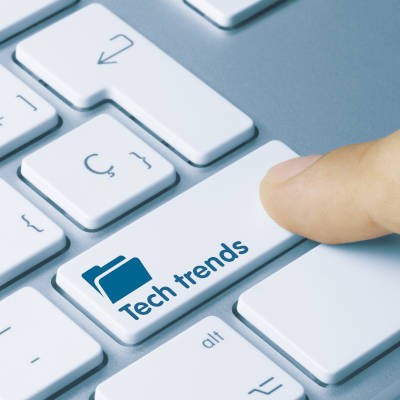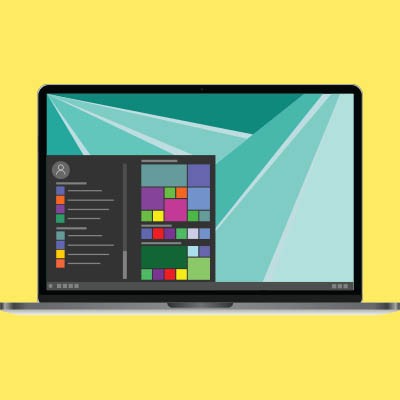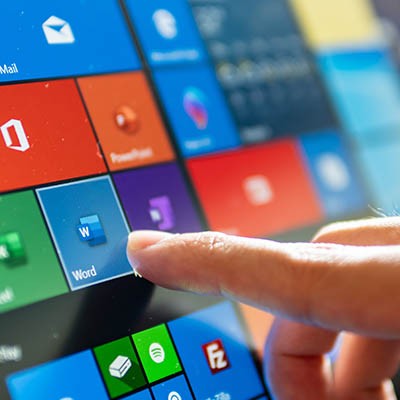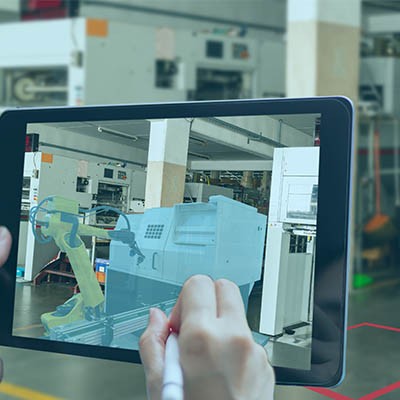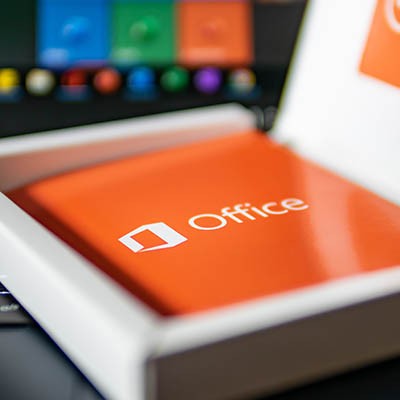Businesses have two different types of technology to contend with each day: their information technology, and their operational technology. As these categories have become less distinct with the introduction of the Internet of Things and other similar advancements, a few new challenges to maintaining security have become apparent. Let’s go over these challenges, and what you need to do to overcome them.
CIT Solutions Blog
While there are definitely gimmicks when it comes to technology in the small business (for instance, USB-powered staplers) there are many devices and technologies that have far more utility, although they may not seem to be applicable to all industries. One example would be the digital signage solutions that have grown in popularity. While they may seem to have limited uses outside of retail, there are plenty of ways to use them to your advantage.
All businesses demand a certain amount of technology in order to push their organizational profitability forward. Whether they invest in tried-and-true technologies or they use their capital a little more innovatively, really depends on how decision makers’ forecasts of those investments help the organization become more productive or efficient. Today, we will look at five of the most important technology trends for SMBs in 2020.
As important as it is to keep your technology up-to-date, it can sometimes be prohibitively expensive to do so throughout your entire business. If you have found yourself in this position, one option you may consider is to resort to hosted desktop solutions. Here, we’ll go over what a hosted desktop is, and how it can serve companies well.
VoIP (Voice over Internet Protocol) solutions famously offer businesses some significant cost savings. While this may be the extent of many people’s understanding of its value, VoIP actually has a lot more to offer. That’s why we wanted to go over just a few of its benefits - to provide a bit of insight into what makes VoIP such a great choice for today’s organizations.
It’s pretty easy to ignore the printers around your office - until they run out of toner/ink, or jam, or just disappear from your network for seemingly no reason. Okay, it’s easy to ignore printers most of the time. Unfortunately, business owners do tend to ignore their printers, and this can get really expensive over time.
New technology can be extremely exciting, but for any business, it can be kind of scary. Implementing technology that isn’t completely established is a major gamble that could have multiple negative impacts. On the other hand, sometimes early adoption of emerging technology will give a business just the boost it needs to blow past projections. Today, we will look at three emerging technologies that the small to medium-sized business will have to consider in the near future.
Microsoft Windows has been a staple of personal computing for almost 35 years. When Microsoft retires their Windows 7 OS in a couple of weeks, they will be left with only two PC OSs functional: Windows 8.1 and Windows 10. Today, we will take a look at the Windows 10 OS and when to expect Microsoft to release a new operating system.
As hokey as it sounds, the Internet almost transcends other pieces of technology. While estimating the economic impact of the Internet is a formidable feat, Cisco came up with 19 trillion dollars - 21 percent of all the money in the world. So, with access to a resource this valuable, it’s silly not to make the most of it.
You’d be hard pressed to find anyone who works on a computer who hasn’t used at least one of the applications in Microsoft Office. Office has been a staple for professionals, students, and home users for decades. Over the last few years, Microsoft has reinvented how businesses can collaboratively use Office to improve productivity, security, and adhere to compliances.
It isn’t exactly a secret that small and medium-sized businesses appreciate any opportunity to reduce the amount of money they have to spend to successfully operate. One means that businesses of all sizes have used to do so has been VoIP (Voice over Internet Protocol) telephony. Here, we’ll explore just how VoIP solutions are friendlier to a business’ budget.
There is no question that Google is an absolute giant in computing, having moved from web search functionality to a much wider variety of applications. These applications now make up the G Suite, and are used by many, many businesses to accomplish their goals. Here, we’ll go over some of these features and how they can benefit your operations.
There have been people talking about the oncoming AR trend for almost a decade now. Google Glass was supposed to revolutionize technology as we know it, but due to security and privacy concerns, it has never come to pass. AR is, however, a growth market and applications for the technology are growing rapidly. Today, we’ll take a look at augmented reality, and what to expect from the technology in the coming years.
Is your business equipped with the necessary tooling to adopt remote working strategies? Remote workers have an incredible amount of benefits to contribute to your business’ operations. Remote work is not possible without a well-thought-out strategy. Today, we’ll review what your business needs in order to capitalize on remote workers.
Microsoft offers solutions that have a proven history of being assets when businesses adopt them - but like most any solution, what may fit well for one, may not fit well for all. Here, we’ll consider one of Microsoft offerings to help you determine if it is the right solution for your needs and requirements.
For the small business looking to transform both their communications system and their IT budget, Voice over Internet Protocol (VoIP) is a great solution. VoIP can deliver clear and reliable calling services that some landline services simply don’t offer. We take a look at VoIP’s more interesting features in this week’s blog.




